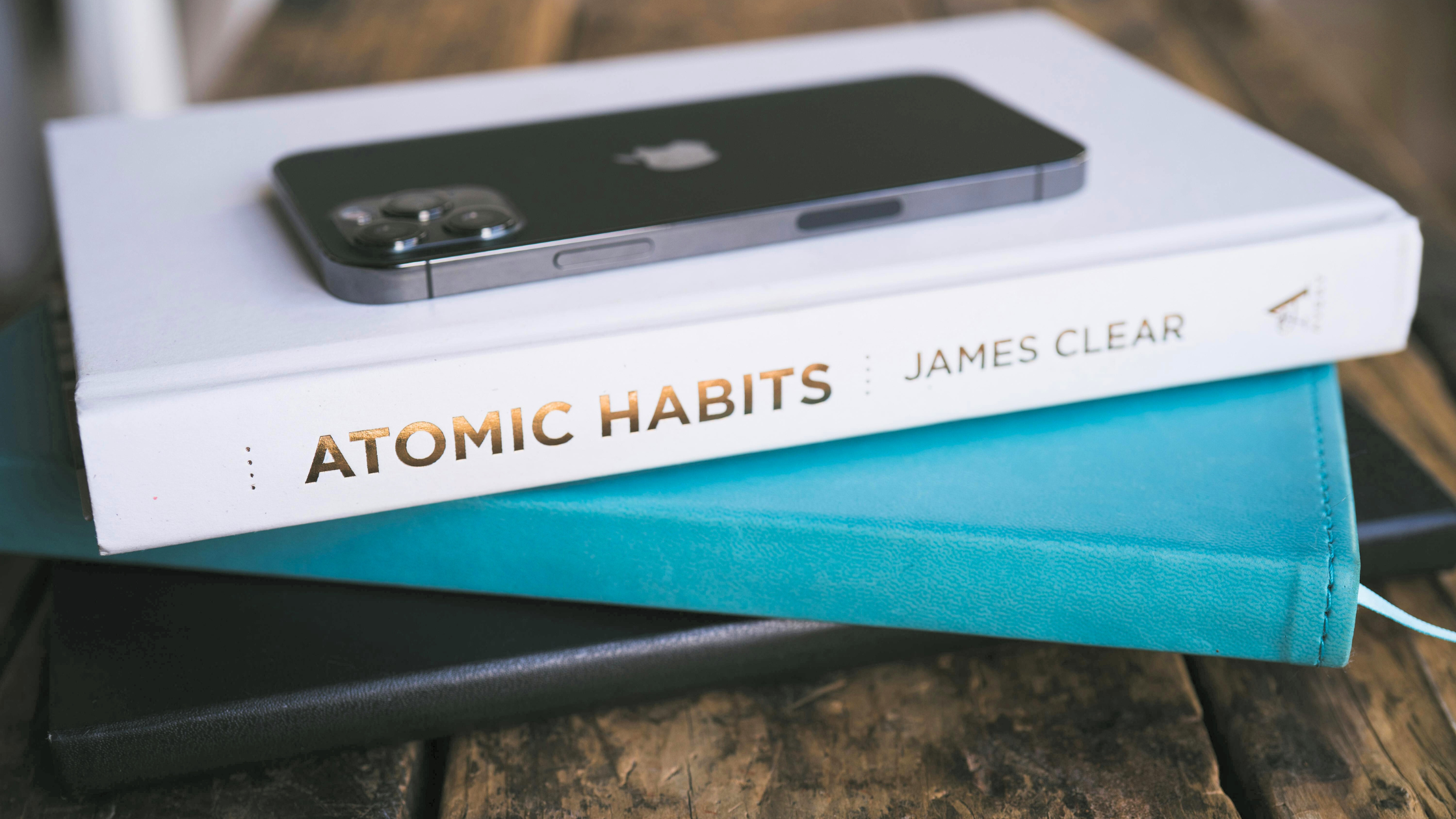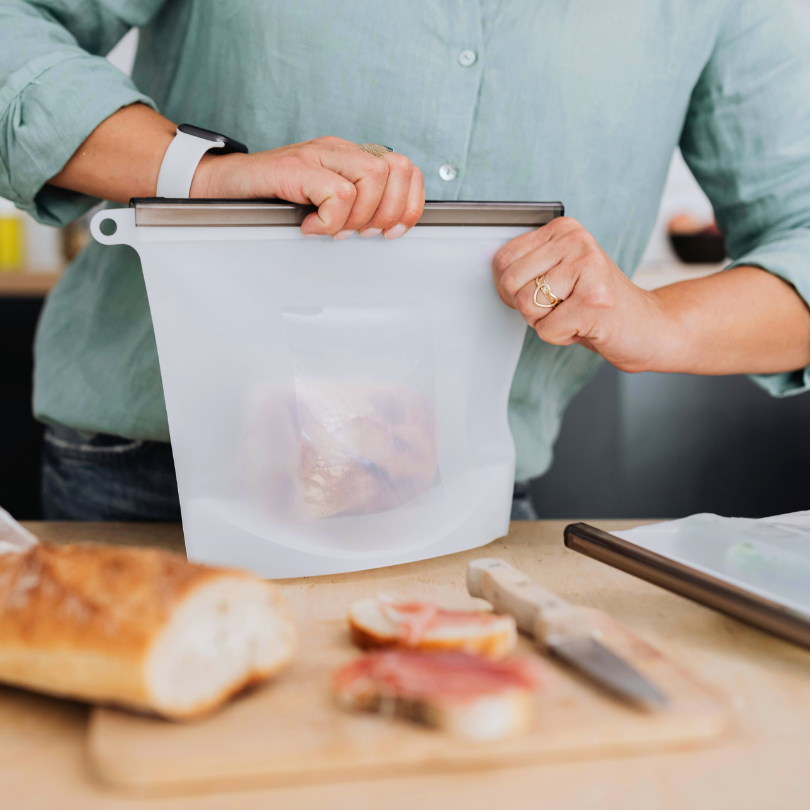Do Silicone Baking Cups Need to Be Greased?

You Don’t Need to Overhaul Your Life to Save the Planet—Just Build Better Habits
In Atomic Habits, James Clear drops a truth bomb: it’s not about giant leaps—it’s about small, consistent steps. Want to run a marathon? Start by putting on your shoes. Want to live sustainably? Start by skipping that plastic straw. It turns out the same rules that help people build healthier, more productive lives also work perfectly for building an eco-friendlier lifestyle. Let’s break it down, one tiny, powerful habit at a time.
1. Identity First, Action Follows
Clear’s golden rule: “Every action you take is a vote for the type of person you want to become.” So instead of saying, “I want to live sustainably,” start with: “I am someone who cares about the planet.”
When your identity shifts, your choices follow. Suddenly, bringing a reusable bag isn’t a chore—it’s just what people like you do.
2. Make It Easy (Like, Really Easy)
Don’t rely on willpower—design your environment.
- Keep your reusable bags in your car or by the door.
- Store your bamboo toothbrushes in the drawer you actually open.
- Display your beeswax wraps in a visible spot near the cling wrap (until cling wrap mysteriously disappears).
Remove friction, and sustainable choices become the default, not the exception.

3. Start Small—Like, Toothbrush Small
Atomic Habits is all about starting with tiny changes.
- Swap plastic cotton buds for bamboo ones.
- Switch from bottled soap to bar soap.
- Choose a reusable cup for your daily coffee.
Each change might seem insignificant. But Clear reminds us: "Habits are the compound interest of self-improvement." Over time, the impact adds up—and so does your confidence.
4. Make It Obvious
Put your habits in your face. Want to compost more? Keep a pretty compost bin on the kitchen counter. Want to use fewer paper towels? Hang reusable cloths where the paper ones used to be.
Design your home so that the sustainable choice is the most visible one. A ceramic cup next to the coffee machine? Stylish and green.
Bonus: You can shop that look right here.
5. Tie Habits to Existing Routines
Clear calls it “habit stacking.” Here’s how to make it work for eco habits:
- “After I brush my teeth, I’ll floss with bamboo dental floss.”
- “After I make my morning coffee, I’ll compost the grounds.”
- “After I take the groceries out, I’ll hang my reusable bags back by the door.”
Linking new eco-friendly habits to your current routine makes them almost automatic. It’s sneaky. It’s effective. It’s kind of genius.
6. Track Progress—Not Perfection
Don’t aim for 100% zero-waste perfection (unless you want to be constantly frustrated). Instead, celebrate the small wins:
- A week without plastic water bottles. ✅
- Switching to natural kitchen scrubbers. ✅
- Remembering your tote bag two times this week. ✅
Clear says, “Success is the product of daily habits—not once-in-a-lifetime transformations.” Give yourself grace, and keep going.
Final Thoughts: Sustainability Is a Habit, Not a Hustle
James Clear didn’t write Atomic Habits for eco-warriors. But his advice fits like a hand in a compostable glove.
You don’t need to live off-grid or make your own shampoo. You just need to take small, intentional steps—and let those compound into something bigger. Over time, your home becomes greener, your lifestyle gets lighter, and your habits start to reflect the kind of world you want to live in.
And if you need some beautiful tools to help you build those habits? We’ve got you covered. 💚
Shop sustainable essentials at Plantzies
